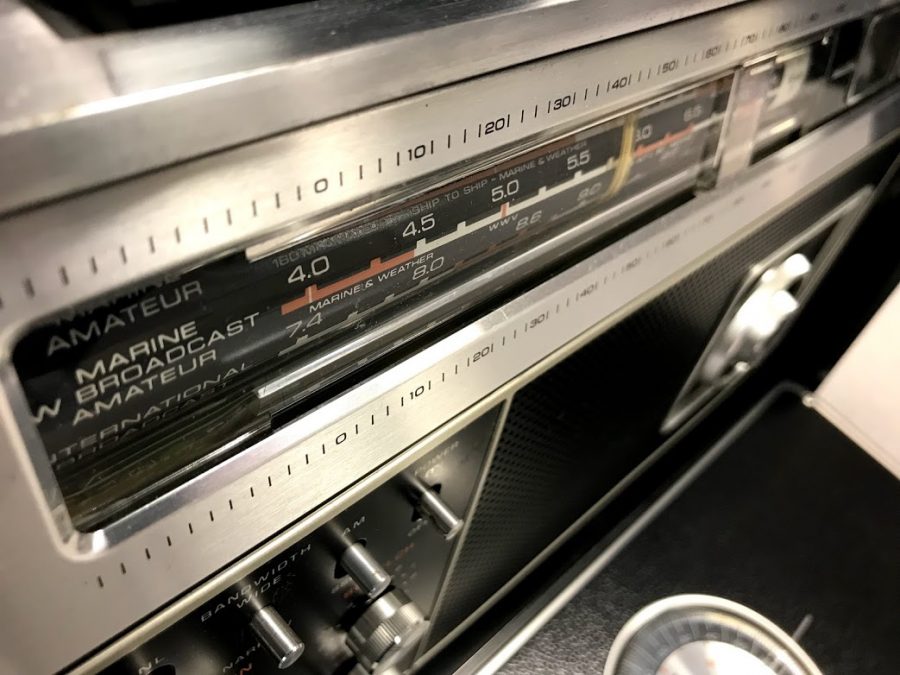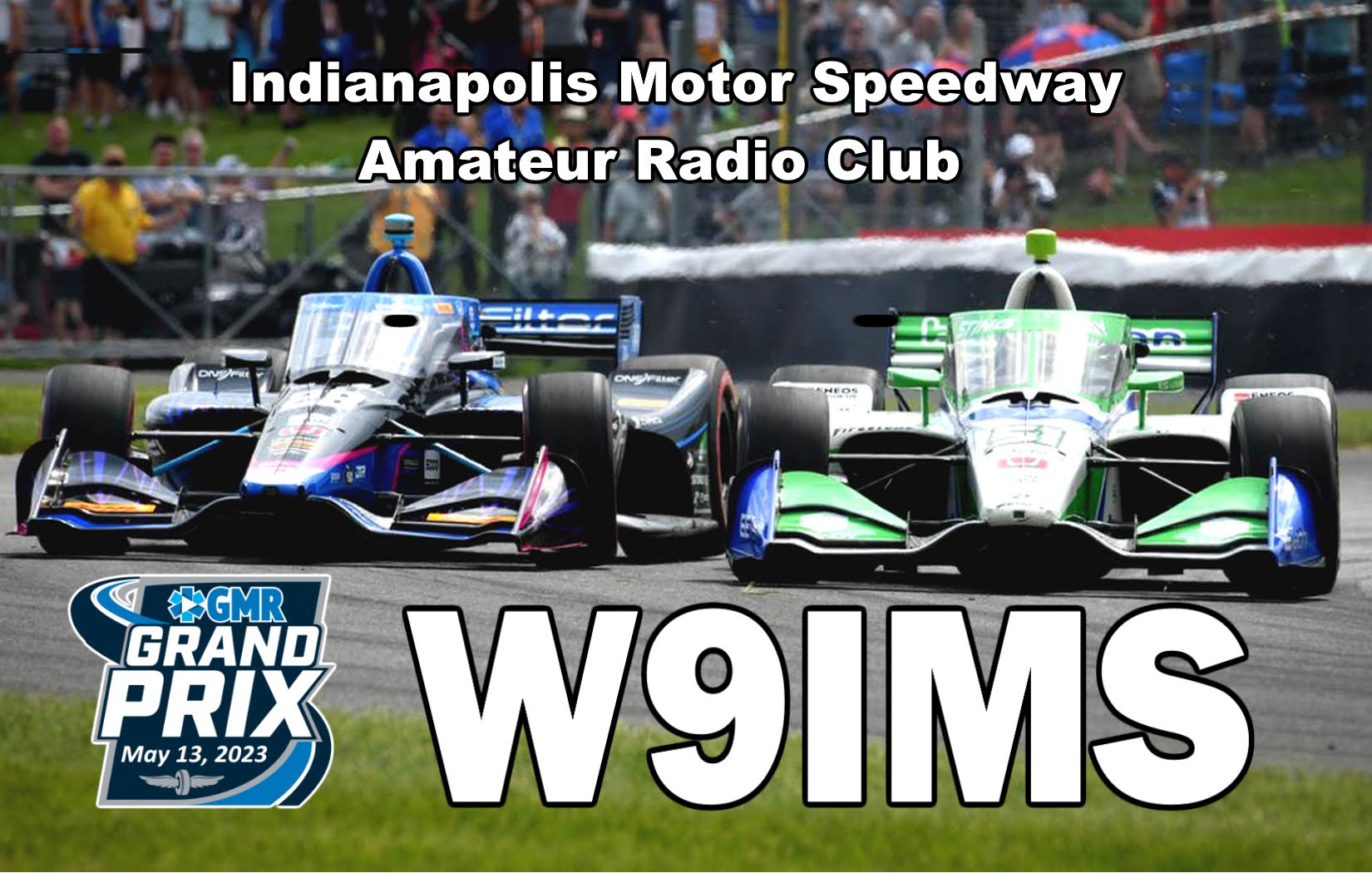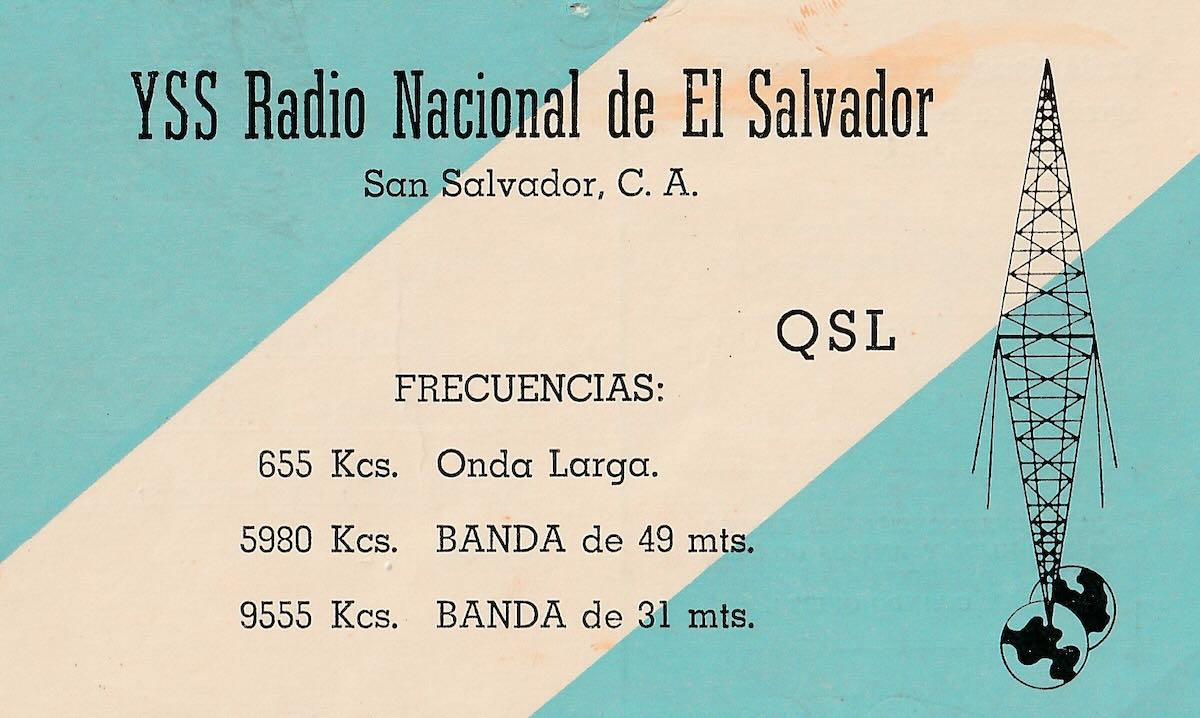 Many thanks to SWLing Post contributor, Paul Jamet, who shares the following announcement from Radio Free Asia:
Many thanks to SWLing Post contributor, Paul Jamet, who shares the following announcement from Radio Free Asia:
Dear friends,
Below is the press release for RFA’s QSL card # 86, our latest QSL card design, which marks Radio Free Asia 28 Anniversary. We hope you enjoy this new QSL card and we look forward to receiving your reception reports by email to qsl<at>rfa.org, or by snail mail.
Reception Reports
Radio Free Asia
2025 M. Street NW, Suite 300
Washington DC 20036
United States of America
You are receiving this because you have expressed interest in Radio Free Asia’s QSL cards. Please let us know if you prefer to be removed from our distribution list.
Best wishes and 73s.
-Aungthu
– –
Aungthu Schlenker
Radio Free Asia
# – – – #
RADIO FREE ASIA ANNOUNCES QSL CARD #86
September 2024
Radio Free Asia (RFA) announces its latest QSL card celebrating 28 years of delivering accurate, uncensored, domestic news to people living under authoritarian regimes across Asia and globally to populations vulnerable to malign influence. Through its in-depth, unflinching journalism, RFA brings to light consequential developments in China, North Korea, Myanmar, Laos, Cambodia and Vietnam, as well as the Pacific region. This is RFA’s 86th QSL design and will be used to confirm all valid RFA reception reports from September – December 2024.

RFA’s QSL CARD #86
Created by Congress in 1994 and incorporated in 1996, RFA broadcasts in Burmese, Cantonese, Khmer, Korean to North Korea, Lao, Mandarin Chinese, Vietnamese, Tibetan (including Uke, Amdo, and Kham dialects), and Uyghur. RFA strives for accuracy, balance, and fairness in our editorial content. As a ‘surrogate’ broadcaster, RFA provides news and commentary specific to each of our target countries, acting as the free press these countries lack. RFA broadcasts only in local languages and dialects, and most of our broadcasts comprise news of specific local interest. More information about RFA, including our current broadcast frequency schedule, is always available at www.rfa.org.
RFA encourages listeners to submit reception reports. Reception reports are valuable to RFA as they help us evaluate the signal strength and quality of our transmissions. RFA confirms all accurate reception reports by mailing a QSL card to the listener. RFA welcomes all reception report submissions not only from DX’ers, but also from our general listening audience.
Reception reports are accepted by email at [email protected] and by mail to:
Reception Reports
Radio Free Asia
2025 M. Street NW, Suite 300
Washington DC 20036
United States of America
 Many thanks to SWLing Post contributor, Dan Greenall, who writes:
Many thanks to SWLing Post contributor, Dan Greenall, who writes:














